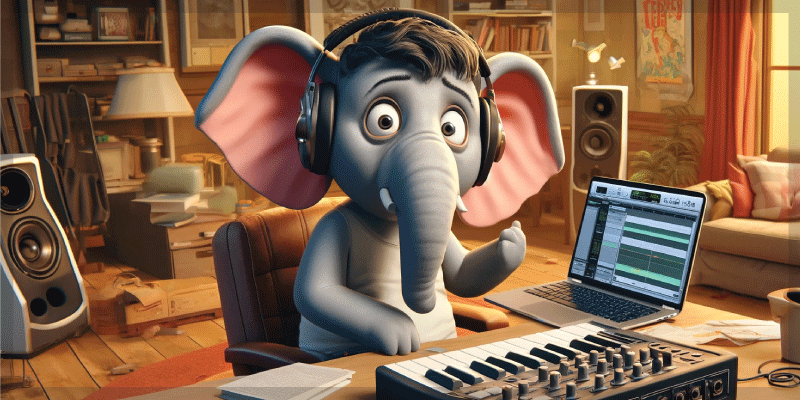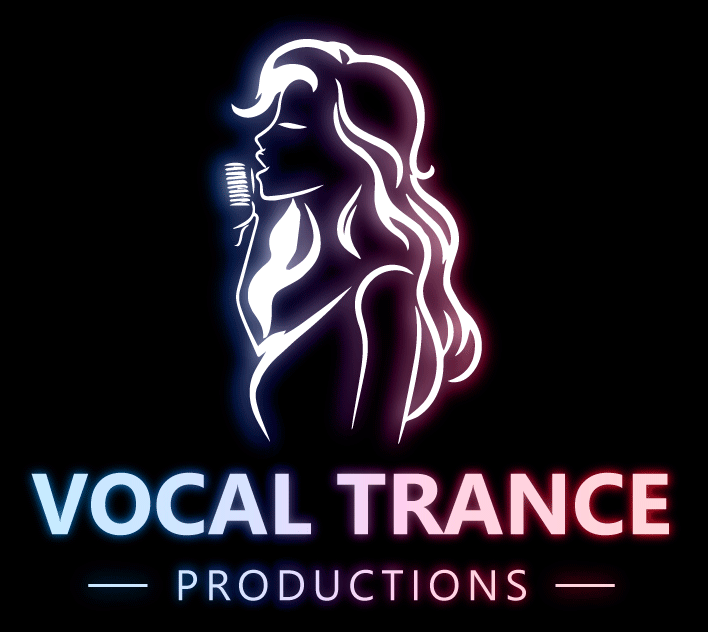
You might be standing at the threshold of the music world, eager to express your creativity through melodies and beats. Before you can translate your musical ideas into reality, you need the right tools. In this case, a Digital Audio Workstation, or DAW, is your digital canvas for painting sounds. It’s software that lets you record, edit, mix, and master music entirely on your computer.
Depending on your choise, you will get samples and different kits to play with to start producing or you can find free trance music downloads by yourself to add to your repetoir.
As a beginner, the multitude of options can be daunting. To help you navigate this new landscape, consider the software’s usability as essential. An intuitive interface, clear navigation, and a gentle learning curve are what make a DAW beginner-friendly. But don’t be misled into thinking beginner-friendly means limited functionality. The best software for newcomers can offer a full suite of features to make complex, professional-quality music.
When you’re in the market for your first DAW, there are key features you should look for. You want software that comes with a variety of sounds and virtual instruments to play with. Look for robust tutorial resources to shorten the learning curve. And importantly, a vibrant community can be invaluable, as it provides support, feedback, and inspiration.
With the basics out of the way and an understanding of what to look for, let’s transition to where the real fun begins—choosing your DAW. In the next section, I will illuminate the options that have proven to be the best friends of beginners venturing into the music production space. From Ableton Live‘s versatility to FL Studio‘s inviting interface, there’s a world of sound waiting for you to explore.
Top Picks for Beginner Music Producers
When I first started making music, I wanted software that didn’t require a manual every time I had a creative burst. If you’re new to this world, you’d appreciate the same simplicity. Sure, there’s loads to learn, but some tools make those first steps feel more like a walk in the park than a climb up a mountain.
Take Ableton Live, for instance. It stood out to me because it lays out everything intuitively. With its Session View, you can experiment with adlibs and other samples and loops on the fly, which is perfect for live performances. Meanwhile, its Arrangement View lets you organize these ideas into a full track. Its dual personality works wonders whether you’re composing or rocking a crowd.
Next in line is FL Studio, or as some may still call it, Fruity Loops. Its playful design conceals a powerful engine under the hood. One of my friends swears by it; he got hooked because its step sequencer and piano roll let him compose without getting lost in technical tidbits. And it’s not just for beginners; it’s fully equipped to grow with you as you master production over time.
For those of you on a Mac, there’s Logic Pro X. It’s like having a complete recording studio at your fingertips. Its extensive sound library is a treasure trove, making it easier to find inspiration for your next mix. And from what I’ve seen, its tools and features are designed with a professional finish in mind, without overwhelming newcomers.
Lastly, let’s talk about Cubase. When precision and control matter, this software shines. Its MIDI editing capabilities set it apart and have made it a staple in my setup. The audio recording quality is top-notch as well, which is why several colleagues use it not just for electronic music but for recording bands too.
Innovative Workflows and Creative Expression
Exploring new soundscapes and finding your unique style often requires tools that offer innovative workflows and robust creative features. That’s where software like Bitwig Studio comes into play. With its modular environment, Bitwig encourages you to dive deep into sound design. You’re not just playing with presets here; you’re crafting your individual sounds from the ground up, which can be a game-changer for your music production journey.
Then there’s Reason Studios. Imagine having a virtual room brimming with racks of synthesizers, effects, and mixers. That’s what Reason brings to your screen. Mimicking the hands-on experience of using physical hardware, it allows you to patch and tweak to your heart’s content. For some beginners, this tangible approach demystifies the often complex world of music production.
For those who prioritize a smooth start, Studio One‘s intuitive drag-and-drop interface stands out. It’s all about making the music creation process as seamless as possible. You can easily move sounds and effects around, re-arrange your workspace, and get that demo ready without getting swamped in technicalities. Studio One helps you focus on what matters most: your music.
Tracktion Waveform might not have the same name recognition as some of the heavy hitters, but it packs a punch. Its versatility in supporting a wide range of plugins means that your musical palette is vast. Coupled with a creative workflow designed with electronic music producers in mind, Waveform offers a sandbox-like experience that spurs innovation and original compositions.
The Professional Touch: Advanced Software for Ambitious Beginners
As you grow more confident in your abilities, your appetite for the more intricate features of music production software will likely increase. This is where tools like Pro Tools enter the scene. Recognized in recording studios around the world, Pro Tools isn’t just for the pros. It offers you the robust features needed for high-level editing and production, enabling you to achieve a polished, studio-quality sound.
For those who revel in precision and customization, Reaper presents a playground of options. From its extensive modifiability to its generous range of features tailored for electronic music, Reaper stands out as the perfect stepping stone for the detail-oriented beginner eager to expand their toolkit without breaking the bank.
Your choice of software should be seen not just as a starting point, but as part of a journey in music production. Whether it’s laying down your first track or mastering your hundredth, the goal is to find a DAW that grows with you. As your skills evolve, your software will need to keep pace, packing the power and flexibility to bring your burgeoning musical ideas to life.
In conclusion, remember that the best music production software is the one that resonates with you. Consider your own workflow, the genres you’re passionate about, and where you see yourself going. The tools highlighted here serve as both start and support along your creative journey. Embrace them, unlock your potential, and remember, practice makes perfect. So go ahead, make your music, share your sound, and perhaps, I’ll find myself tapping my foot to your rhythm in the not-too-distant future.
